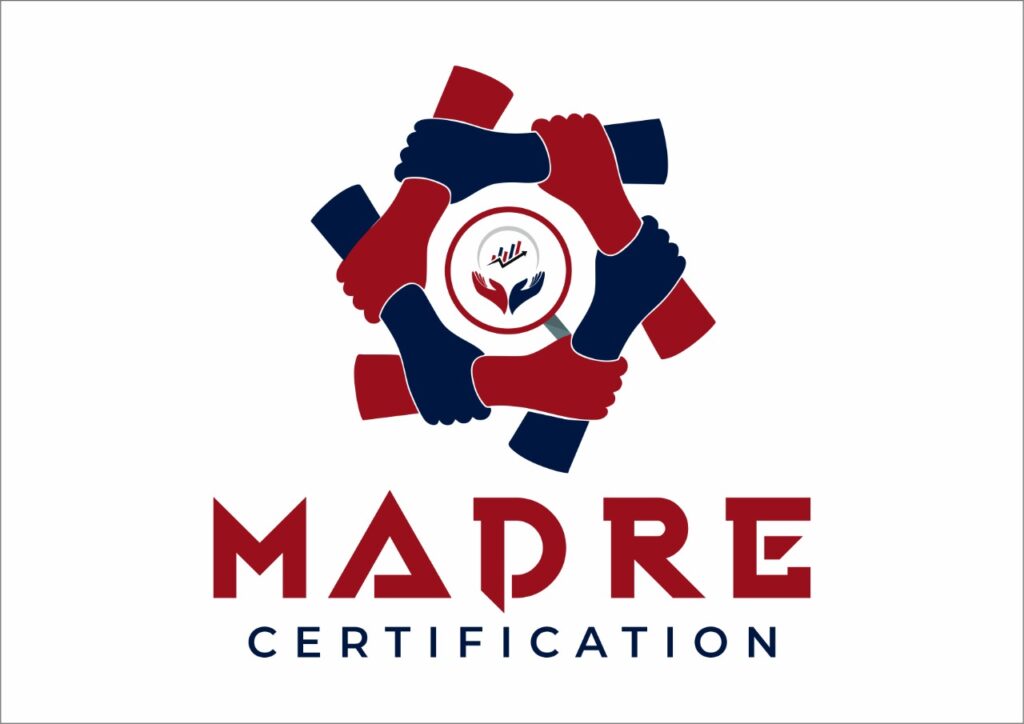Engineering and Manufacturing
Manufacturing and Engineering is the backbone of many economies and spans a broad spectrum of businesses from simple paper clips through to aircraft manufacturing. Everything you can see around you has been manufactured and this is where ISO standards originated, within the manufacturing sector.
The original ISO organisation started in the 1920s but was suspended until after the war and officially became the International Standards Organisation in 1947. Many people will remember back to BS570 which some claim to be the origins ISO 9001 and the standards were initially built around the manufacturing industry but have changed a lot since then to become more encompassing.
Having ISO certification for a manufacturing organisation can bring many benefits, not only to the business but also to the end customers. Manufacturing is probably the largest sector of clients for Auva and many of our auditors have manufacturing backgrounds to support our clients.
Benefits of ISO Certification for Manufacturing Organisations:
- Supply chain management
- End user confidence
- Less waste within processes and materials
- Quicker turnaround and lead times
- Higher quality
- Compliance with industry and regulatory requirements
- Greater efficiencies within your organization
In 2015, the core ISO standards all aligned and now follow Annex SL which sets out a high level clause structure for all standards to follow. This makes it easier to integrate different management systems into one core set of policies and procedures, reducing documentation and allowing for multiple standards to be assessed at the same time.
Benefits of ISO Certification for Manufacturing Organisations:
- Supply chain management
- End user confidence
- Less waste within processes and materials
- Quicker turnaround and lead times
- Higher quality
- Compliance with industry and regulatory requirements
- Greater efficiencies within your organization
In 2015, the core ISO standards all aligned and now follow Annex SL which sets out a high level clause structure for all standards to follow. This makes it easier to integrate different management systems into one core set of policies and procedures, reducing documentation and allowing for multiple standards to be assessed at the same time.
